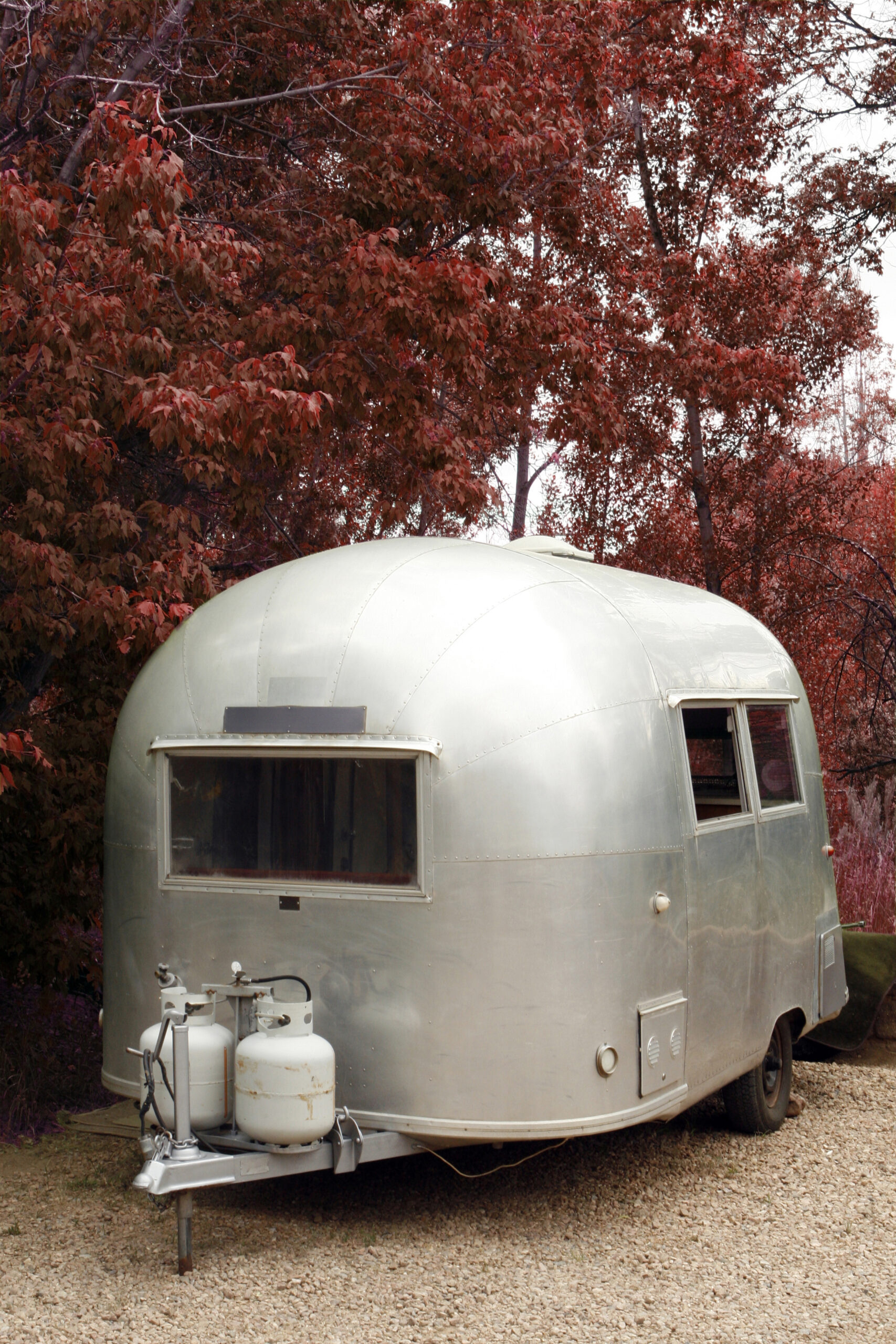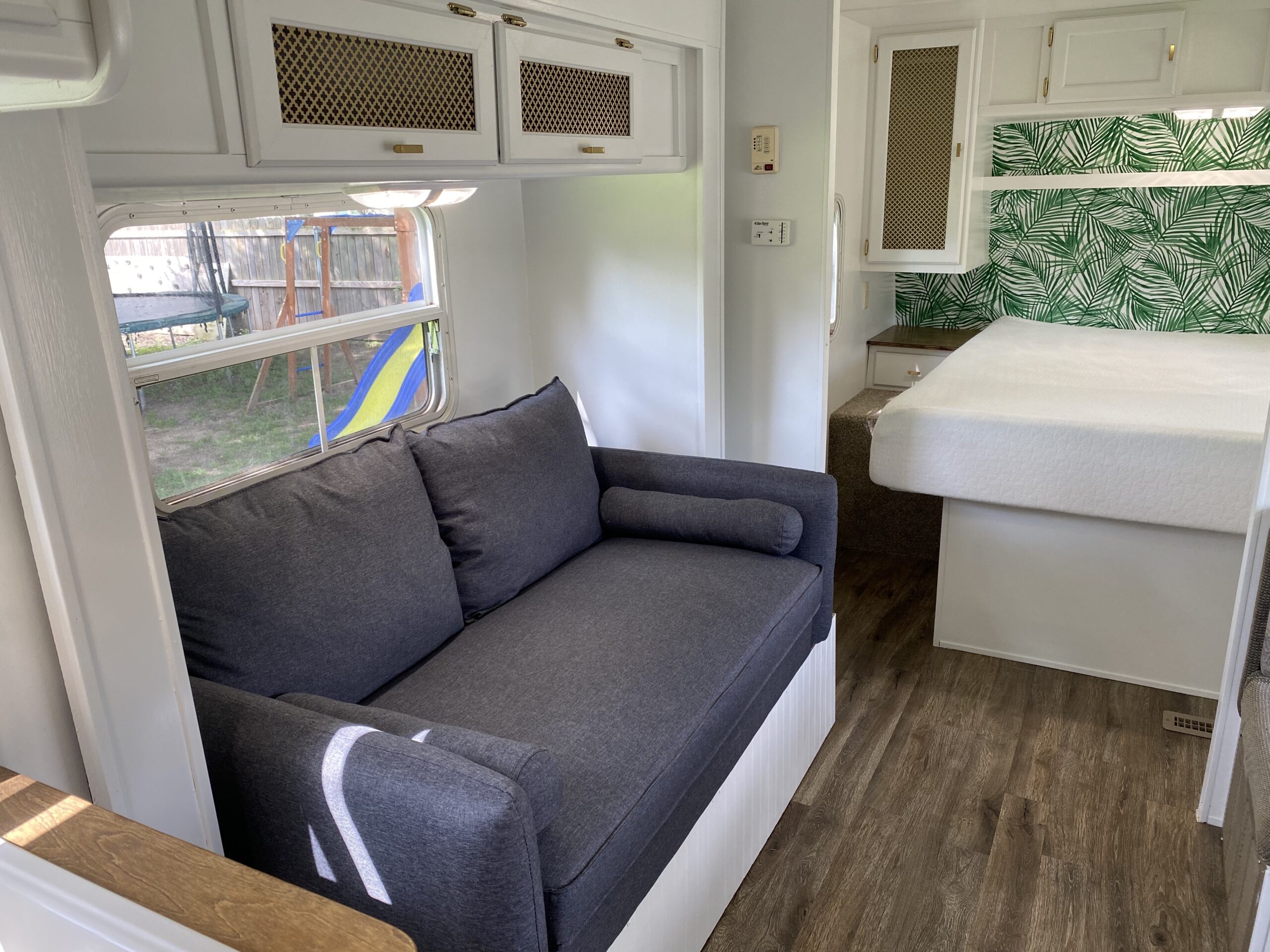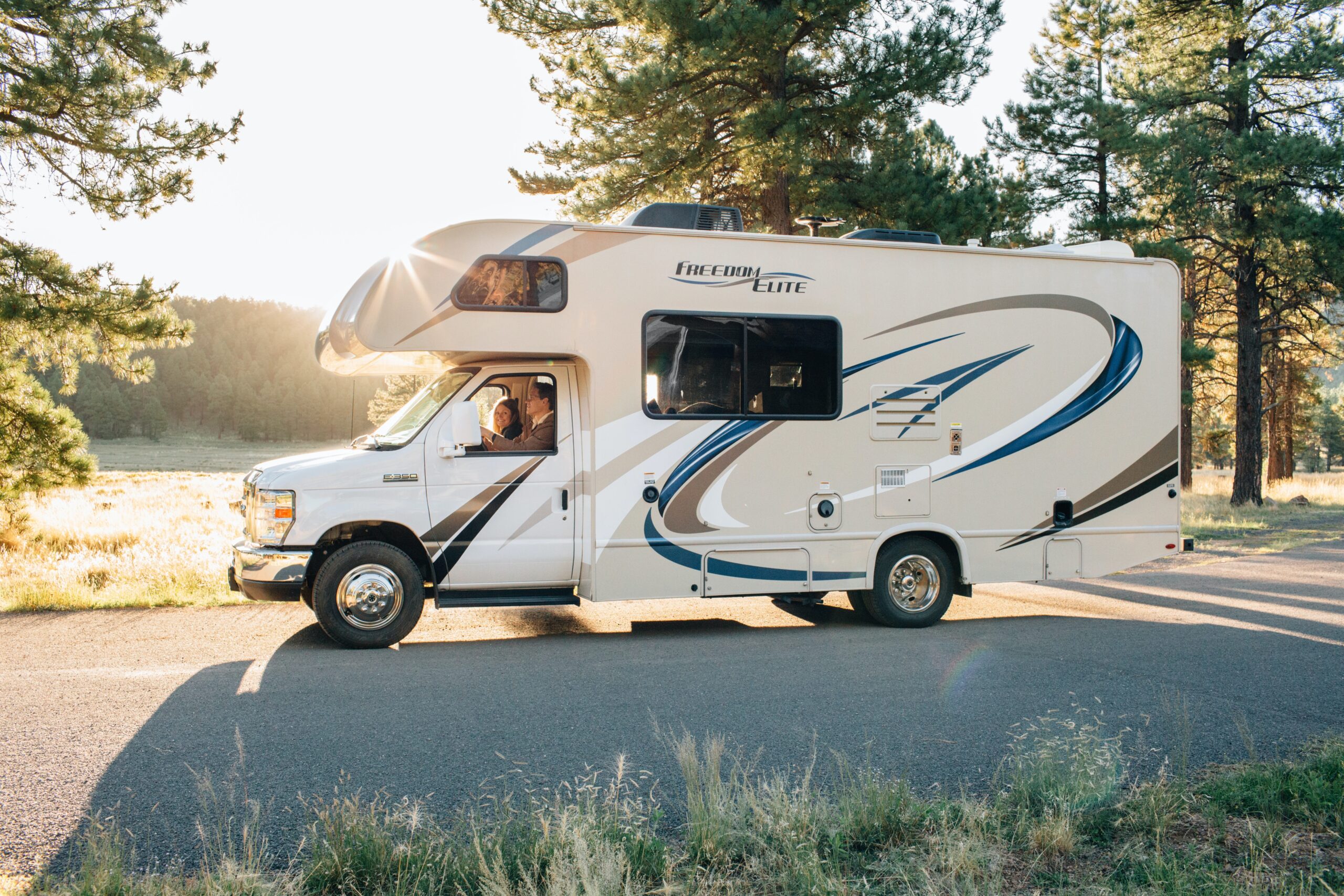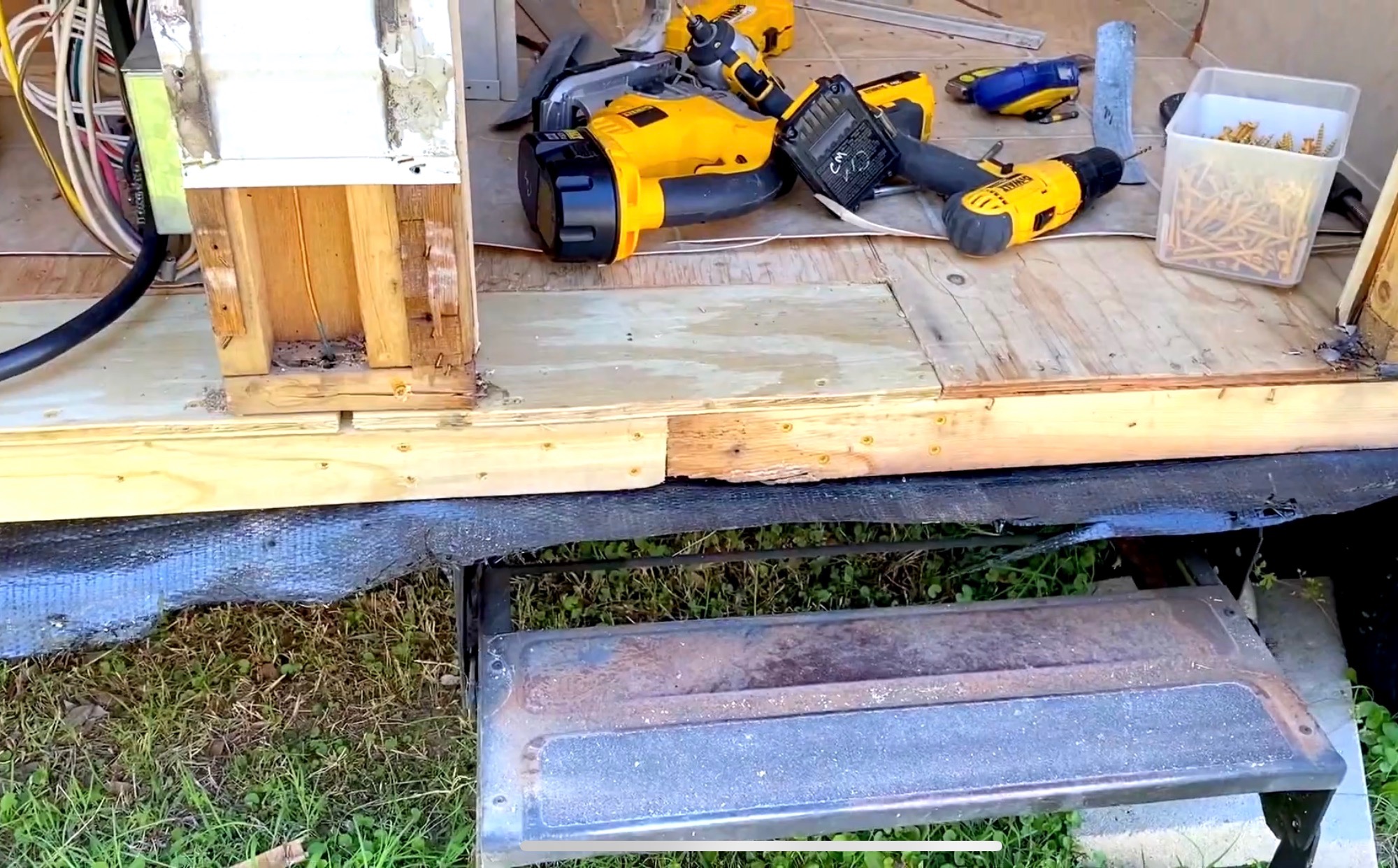One thing that many RVers and outdoor thrill-seekers alike have wondered is: how do they use a propane quick connect on their RV?
To use a propane quick connect on an RV, you will first need to ensure that you have the proper fittings to accommodate the quick connect plug. Once you have established that you have all the components, from there, you will connect the ends, turn the valve to the open position, and enjoy.
In this article, we will be going over exactly what is required to set up a quick connect on your RV, how to go about using it, and the safety considerations to keep in mind when working with propane.
Setting up a quick-connect system may seem complex and intimidating at first glance, but by the time you have finished reading this article, you will be more than confident enough to take on the task. Let us dive right in.
Ensure Proper Fittings

As mentioned above, the first thing that will need to be established to use a propane quick connect on an RV is that the fittings and connectors are the proper ones.
A propane quick connect consists of two brass pieces, one male and one female. The purpose of a quick connect setup is to allow for a propane-powered appliance to be easily connected to the source without hassle.
Every RV may have a slightly different propane layout. The main difference is some will have a built-in tank, and some will have the more traditional white tanks, which are replaceable. Whatever the case, setting up the quick connect will be the same process.
Most of the time, RVers will prefer a splitter type quick connect, which allows them to toggle between two different quick connect lines, with one running to the inside of the RV for powering the stove and other appliances, and the other running outside typically for powering a barbecue.
Listed below are the steps to follow in setting up the propane quick connect on an RV:
- First, attach a quick connect adaptor to your propane tank by screwing in the threaded end, clockwise.
- Next, attach a quick connect splitter piece to the adaptor on the propane tank.
- After that, you will run a quick connect hose from the splitter piece to the desired appliance.
- The appliance you are using must also be fitted with a corresponding quick connect piece.
Run Potential Variations

While the steps mentioned above provide users with an ideal and simple method, it is worth noting that you can run many different potential setup configurations.
Some situations may require more or fewer hoses, valves, splitters, adapters, pressure regulators, and more. This gives the user some room to experiment and play around with different options according to their particular need.
For example, if you do not plan to run multiple lines simultaneously, a splitter piece is not necessary, and you are free to run a one-way connector directly from the propane source to your appliance. Generally speaking, the simpler the setup you go with, the easier it will be to plan and install.
Quick connect setups can range from being very minimalistic to very complex, but whatever the case, the same steps still apply. When planning out your setup, it is advised not to make the layout any more complex than it needs to be.
More to the point, when experimenting with different quick-connect rigging options, the key is to become familiarized with your RV tank and appliances.
Watching YouTube videos and looking up different specifications on Google will give you a better idea of the most optimal way to go about arranging your connection.
What You Need

When planning to set up a propane quick connect system on your RV, measure the distances you will need to run the hose(s) and the size of the adaptors which your particular setup will require.
The most common fittings are typically ¼”, but not all are, so it is important to double-check rather than assume.
Once all your measurements have been made, the size of the propane tank threading has been measured, and you have a precise idea of how your line setup will look, you are now ready to begin shopping.
Below is a simple table illustrating the different products you will need in order to run the setup explained in the previous section of this article and the corresponding links to where you can purchase them and at an affordable price:
| Quick Connect Adapter From Tank | Splitter | Hose | Correspondant Adapter |
| DOZYANT Propane Quick Connect Adapter | Linkstyle RV Propane Quick Connect Splitter | MENSI Quick Connect Hose | Camco Propane Quick Connect Fitting |
Safety Precautions

Installing a quick connect propane system on your RV is generally a safe process. However, there are some risk factors at any time you are working with propane, so it is crucial to consider safety first above all else.
Before beginning to fit the quick connect pieces, ensure that all valves and lines are in the closed position. Close the valves to prevent any propane from entering the line by turning each valve clockwise until fully tightened.
This includes the valve from the propane tank, any valves on the line hose or adapter, and the valve on the corresponding appliance.
When fitting the quick connect adapters, never try to jury-rig or modify pieces that are not the proper size, not threaded properly, or otherwise damaged in any way.
All attachments must be the designated size and must always be in pristine condition. Avoiding buying random pieces of pipe and bushing from the hardware store, which are not specifically designed for propane quick connect systems.
It is also recommended that you use Teflon tape on threaded screws in order to bond and seal better, preventing any possible leakage or seeping from the connecters.
The great thing about this particular product is that it can easily be removed later if you decide to disassemble your quick connect setup.
If at any time you hear a hissing sound from the line or you smell raw propane in the air, immediately turn the propane tank off, and do not turn it back on until the problem has been identified and repaired.
Propane fumes can ignite very easily, causing explosions and severe injuries. However, if proper safety measures are followed, the odds of this happening are low.
Conclusion
Using a propane quick connect on your RV is very simple, convenient, and affordable. The most important thing about it is knowing your setup and purchasing the correct adapters accordingly.
Many different styles of propane tanks exist, but the good thing is that the quick connect setup will remain the same regardless of the type of tank you are using.
Always follow propane safety precautions to eliminate hazards, and never do anything you feel uncomfortable with. When in doubt, stop, and seek help from reliable sources or professionals.
The best part about using a propane quick connect on your RV is that it will allow you to spend less time fidgeting with hoses and more time enjoying your outdoor experience. So, follow the steps provided and set one up today. You will be glad you did.






